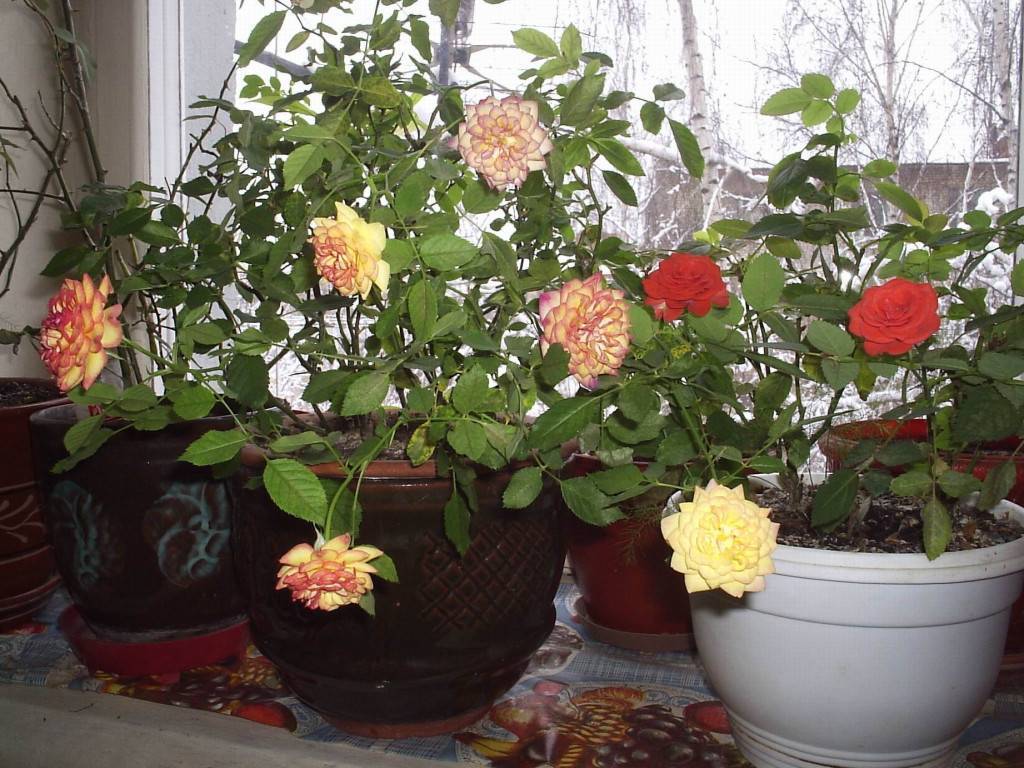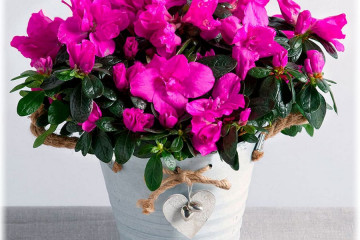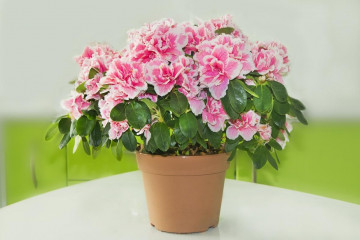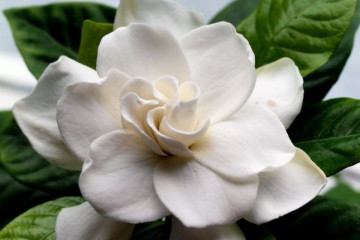How to transplant a rose after purchase - in a pot, on the street
Content:
Potted flowers after purchase, as a rule, do not please the owners for long with beautiful flowering. After a few weeks, they shed their buds, their foliage begins to turn yellow, and the plant slowly dies. This is because the culture has not been given proper initial care. Actually, therefore, it is worth figuring out how to transplant a rose in a pot after purchase.
Rose transplant after purchase
Before replanting a rose after purchase, it must get used to the new conditions. It is enough to give her two weeks to adapt. It is imperative to transplant a rose, no matter what kind it is.
The fact is that often a purchased plant is overfed with fertilizer and all kinds of stimulants, this is done so that it grows faster, gains green mass and blooms.
To avoid the death of a flowering culture after purchase, a flower is planted in fresh and fertile soil. But before that, it is necessary to carry out a number of preventive measures over a blooming culture, namely:
- rinse the vegetation thoroughly using a mild soap solution;
- arrange a contrast shower, but the water should not be too hot, as this can harm the flower;
- spray the green mass with the "Epin" solution, it will increase immunity, and at the same time stimulate the culture for growth.
Features of plant adaptation
For the successful adaptation of a purchased plant, it is necessary to resort to three essential components. They are as follows:
- carefully examine the flower, it should not be affected by diseases, after it must be properly transported to a new habitat;
- quarantine the flower so that it successfully passes the first adaptation period;
- Provide the crop with basic watering and spraying.
If the flower is kept in the apartment, it is worth taking care of the light - it should be moderate. And the temperature regime is the optimal indicator of 18-20 degrees.
As for open ground, it is worth choosing a place where partial shade reigns and there are no drafts.
Pot and soil
As for flower pots, they are selected taking into account the size of the roots. The plant should feel free in the pot. If a transplant is made immediately after purchase, then you need to take a container 2 cm larger than the previous one.
Ideally, take flowerpots made of ceramics or high-quality plastic. At the bottom, there must be drainage holes, if there are none, then you need to make them yourself.
Even before transplanting, you should thoroughly wash the pot with soap, and then pour over it with boiling water.
Indoor rose belongs to fastidious indoor crops. The plant is quite demanding on the composition of the soil in which it will grow. An unsuitable composition can cause a number of problems in the form of falling foliage or lack of bud ovary.
It is most preferable for this culture to acquire ready-made complexes, they contain all the necessary substances.If a decision is made to make the soil independently, then it must necessarily contain:
- humus - 4 parts;
- turf - 4 parts;
- sand - 1 part.
Step-by-step instructions for transplanting
Picture 3. It is necessary to carefully remove the flower from the flowerpot so that the roots are not damaged
Transplanting a rose in a pot after purchase is carried out in several stages. First of all, you should start preparing everything that may be needed in the process.
Further, experienced florists recommend following the instructions below:
- It is necessary to carefully remove the plant from the flowerpot, you need to act very carefully so as not to damage the roots. The easiest way to do this is by the transshipment method.
- Remove old soil from the root system. This can be done quickly and easily by placing the bottom of the plant in boiled water at room temperature, leaving the flower in this state for a while.
- Prepare a flowerpot, pour into it a sufficient layer of drainage, which was previously calcined in the oven, this will help to avoid various infections.
- Next, a new fertile soil is laid out, mixed with sand. A rose bush is installed in the center in an upright position, the root system is well straightened.
- The plant adheres, the rest of the soil is filled up. In the end, everything is carefully compacted. As a result, the pot must be filled in such a way that only 2 cm of free space is left to the edge.
The transplanted culture should be removed to a shaded place for a day. Watering the bush after transplanting is not required. Top dressing is applied only after the rose has adapted and rooted well in the new land.
Top dressing and watering
Indoor roses can delight you with beautiful flowering for almost a whole year. Naturally, the plant spends a lot of energy on this process, in fact, therefore, fertilization is carried out on a regular basis.
Every ten days, mineral fertilizing is introduced into the soil in the form of special complexes intended for a flowering culture.
As for watering, after the transplant of home roses has been carried out, water procedures are carried out with exceptionally soft water. It is brought under the root, the soil should be moistened to a depth of at least 1.5-2 cm. Further procedures are carried out every two days. Bushes are also periodically sprayed.
Pruning and reproduction
The plant must bloom before pruning. This is best done before the rest period. Sick, improperly growing and dried branches are cut from the bush with the help of a sharp knife or a special pruner. All other shoots are shortened, 2 buds should remain on them.

Before sending a flowering crop for wintering, pruning is carried out, the branches are shortened to a height of 10-12 cm from the soil
You can propagate a flower in different ways. The easiest way to do this is by grafting:
- choose several strong and healthy shoots from the bush, they should have buds;
- process the cut points with crushed coal;
- put the cuttings in water;
- after the appearance of young roots, root in fertile soil.
Until the moment the plant takes root, you need to keep it under the film. Ventilate the greenhouse daily and moisten the soil if necessary.
If a transplant is planned, then you can divide the bush and thus multiply the rose. That is, separate the plots from the root system and place them in a separate pot with soil.
Content outside in the winter
If you plan to keep the plant outside, then for the winter period it must be insulated. This can be done using spruce branches, a special material.
They will also retain the necessary heat and prevent fallen leaves from freezing to the root system. In addition, they provide plants with nutrients.
Rose transplant tools and materials
To transplant a plant from an old to a new pot, you need to prepare some tools and materials. The list of required inventory includes:
- fresh soil, it can be a ready-made composition purchased in a store or a mixture made by yourself.
- flower pot, when choosing a container, you should give preference to ceramic, plastic products, the pot should be slightly larger than the previous one;
- scissors or garden pruning shears, with the help of these tools old and diseased shoots are removed, it will also help, if necessary, to divide the roots in order to propagate the bush.
It is also worth stocking up on water in advance. The liquid should settle for several days. It is impossible to water flowering plants with cold tap water, this can lead to freezing of the root system and the development of certain diseases.


















